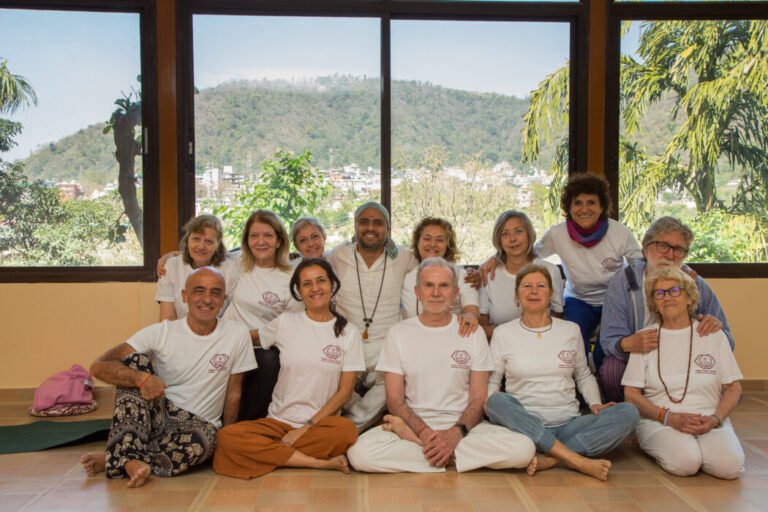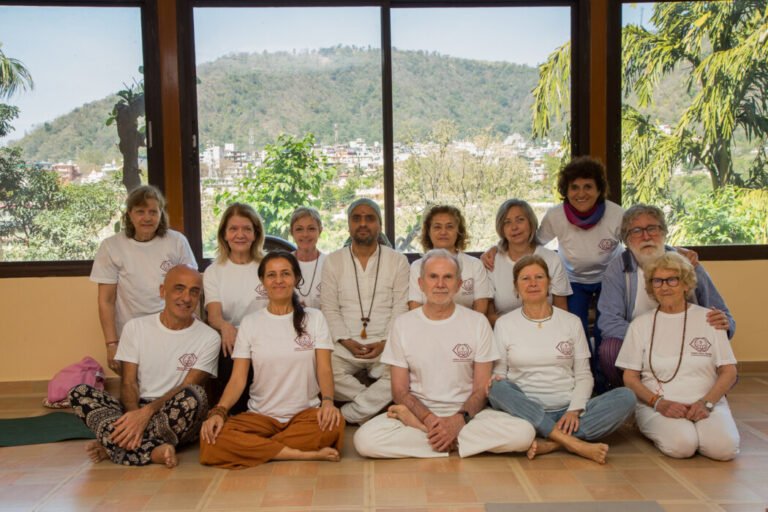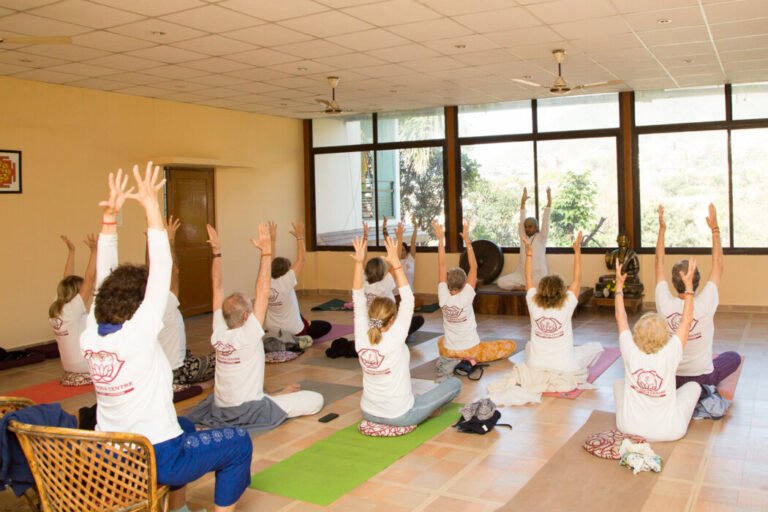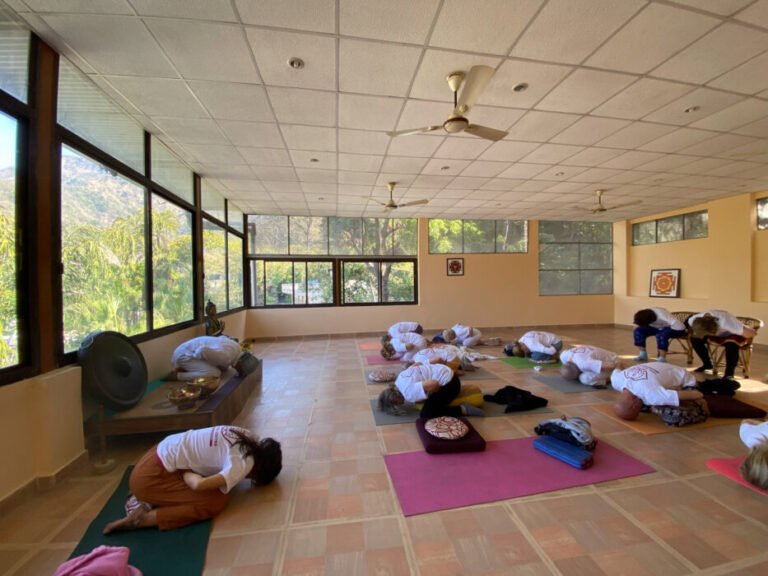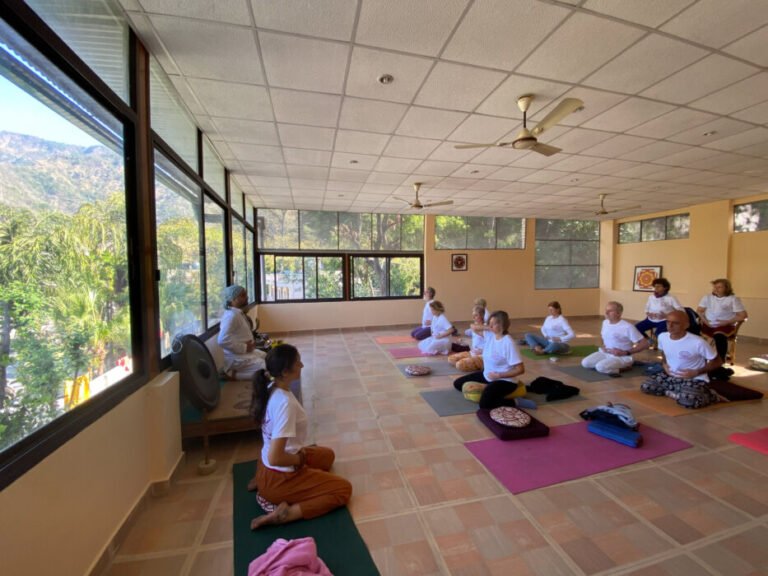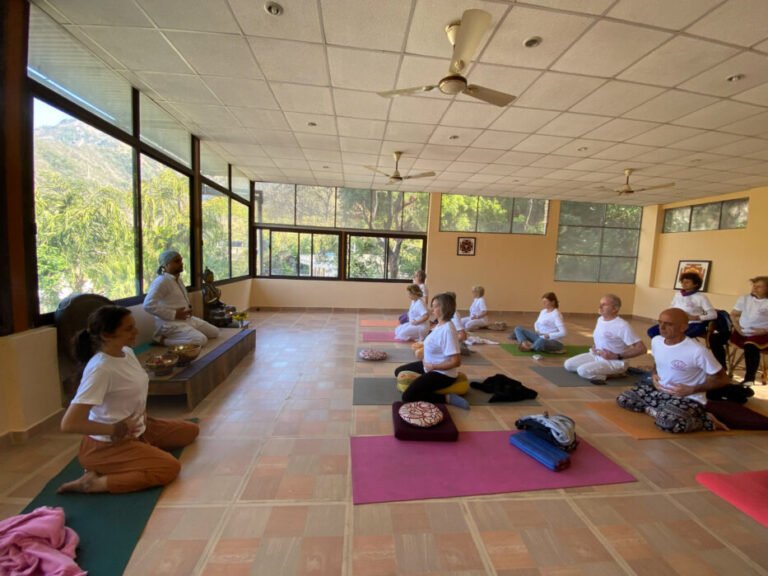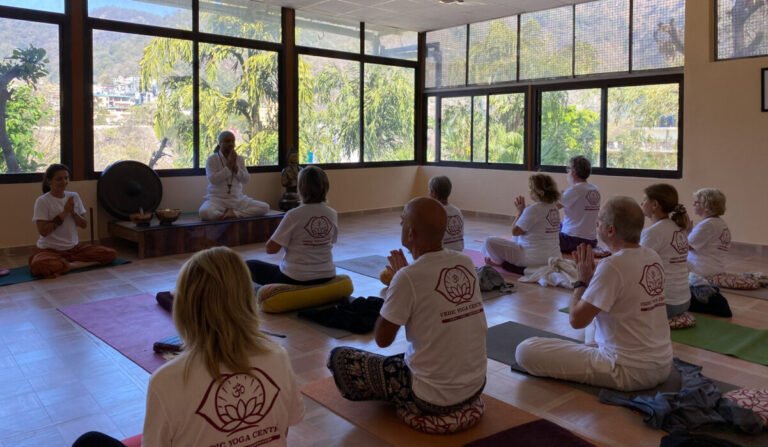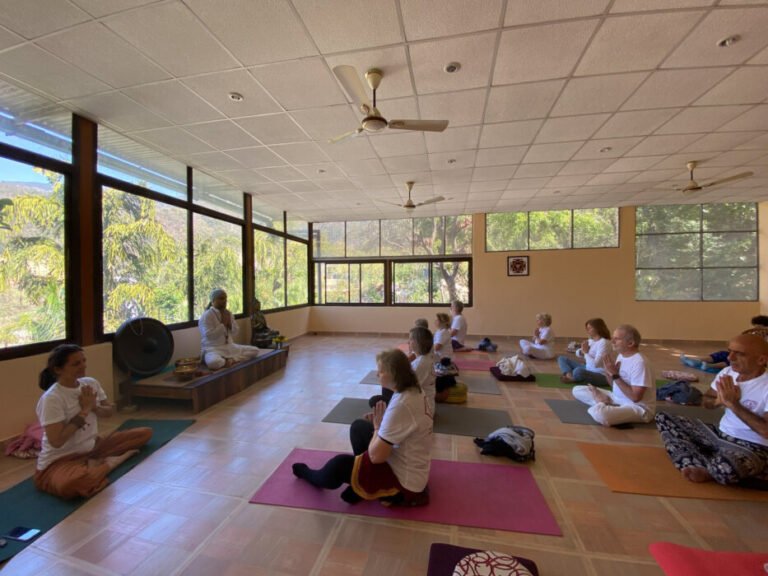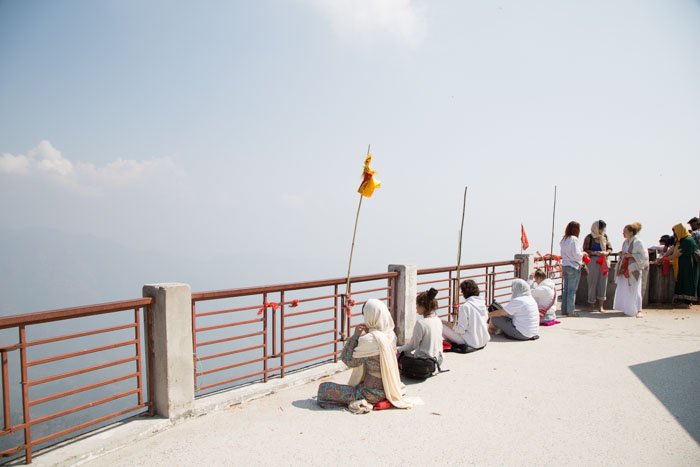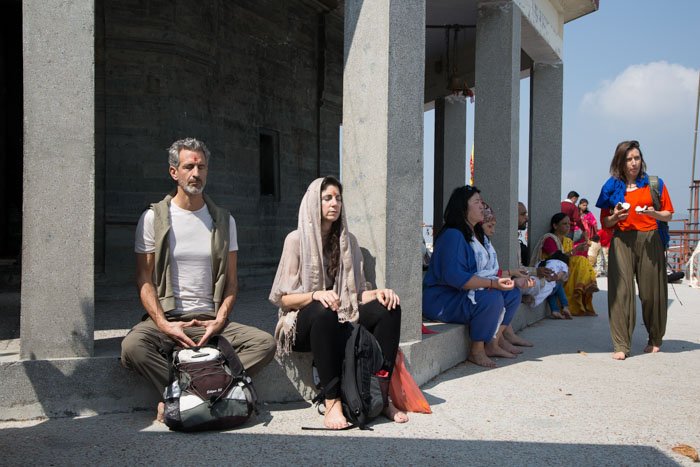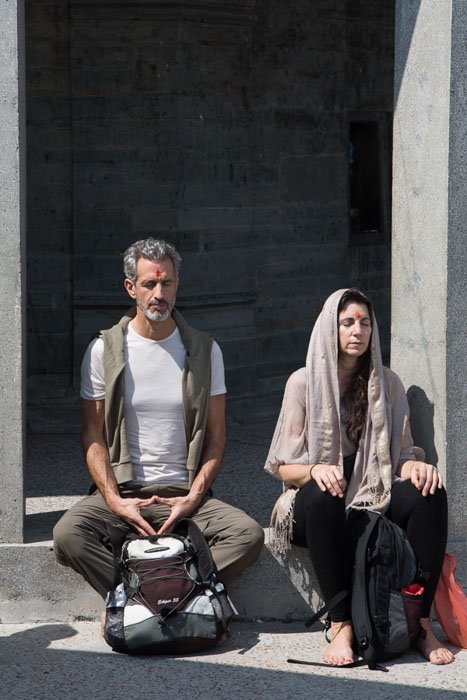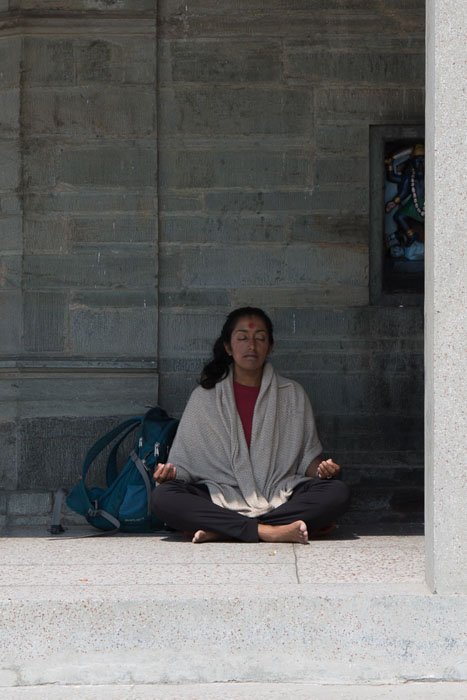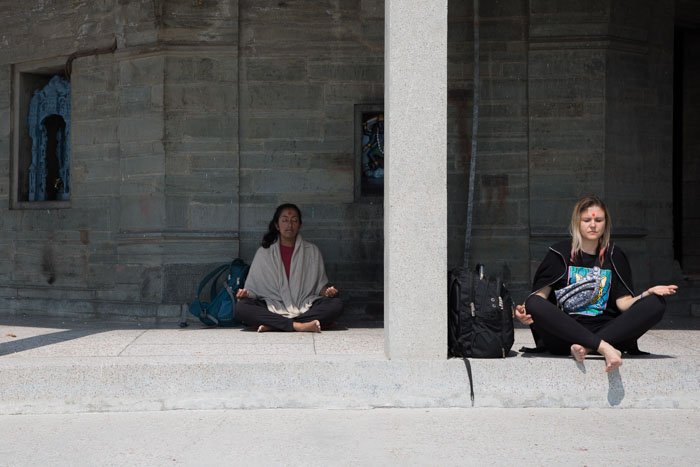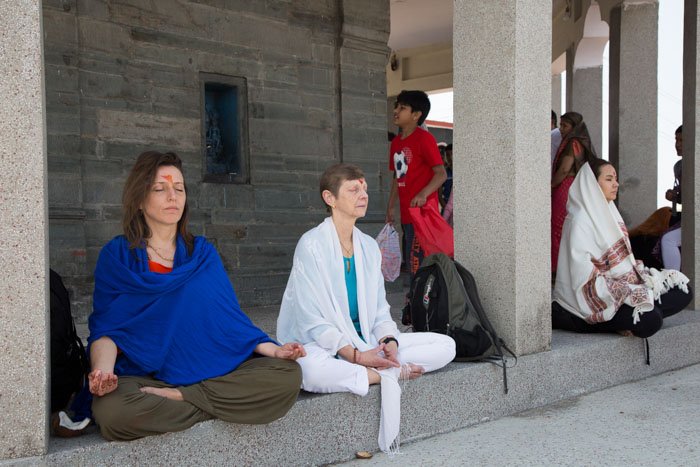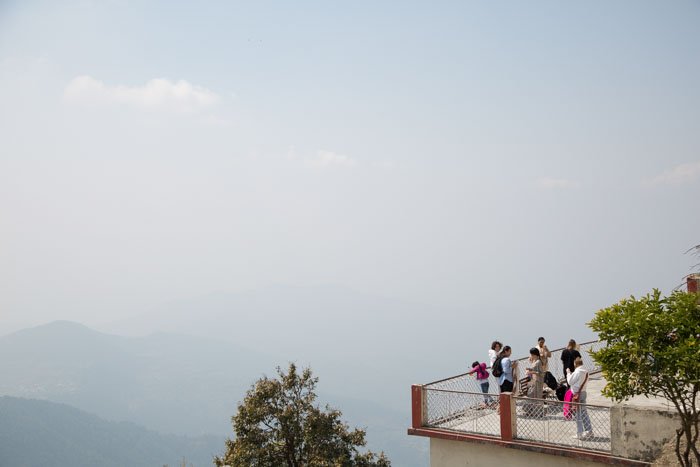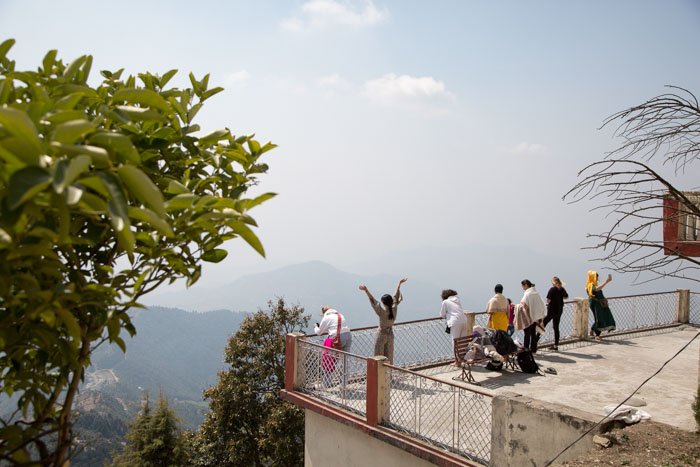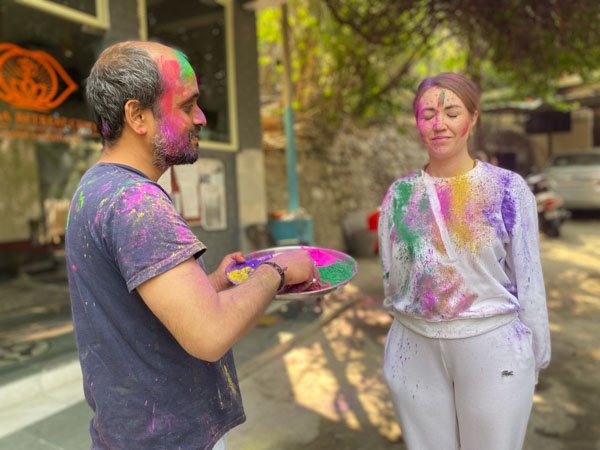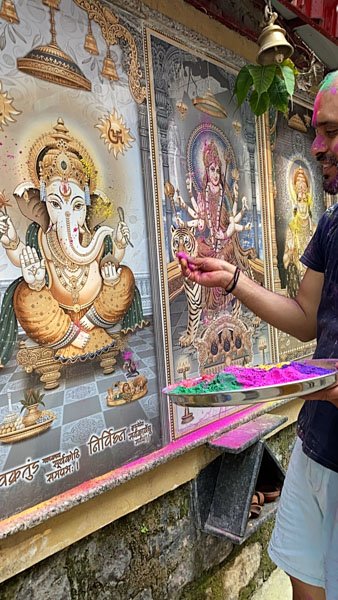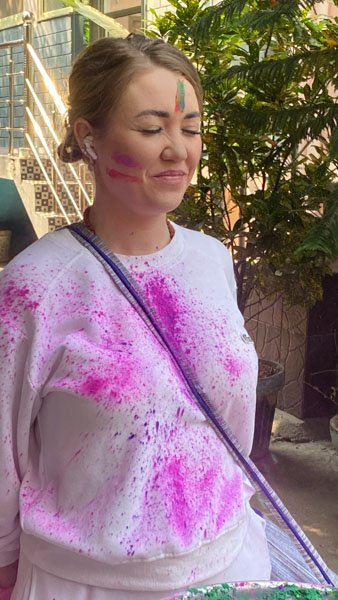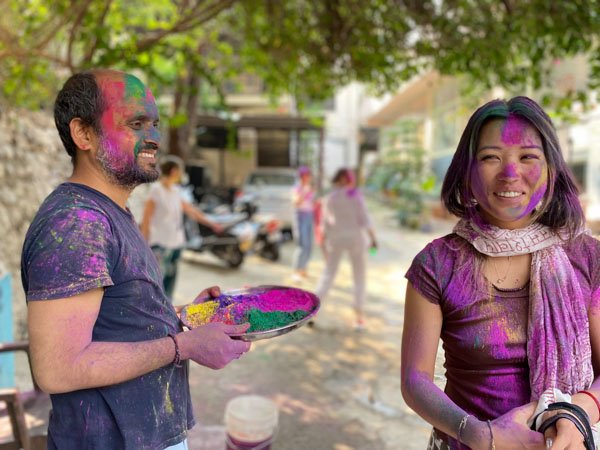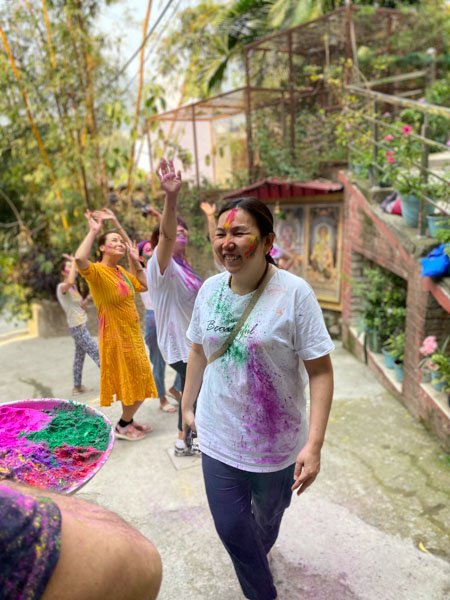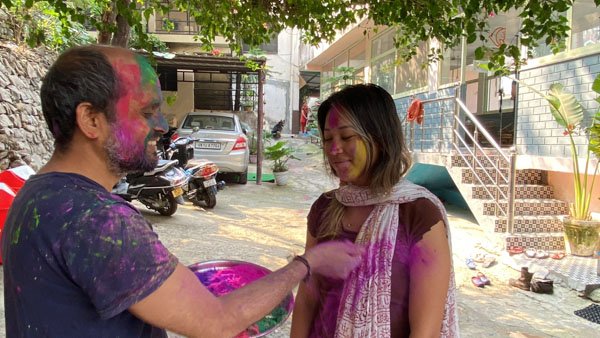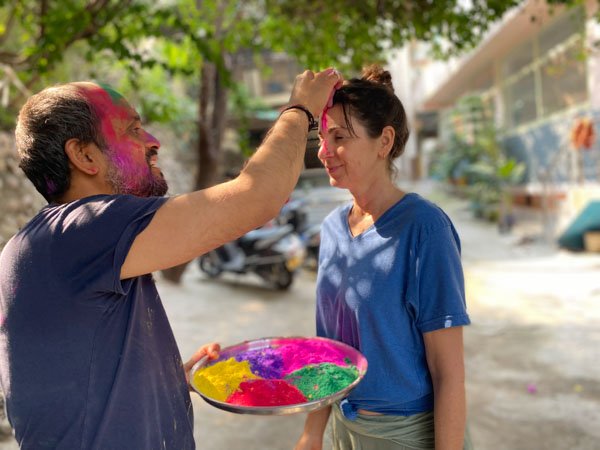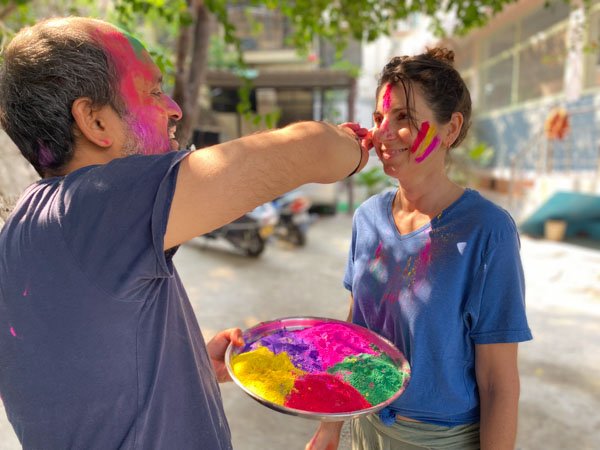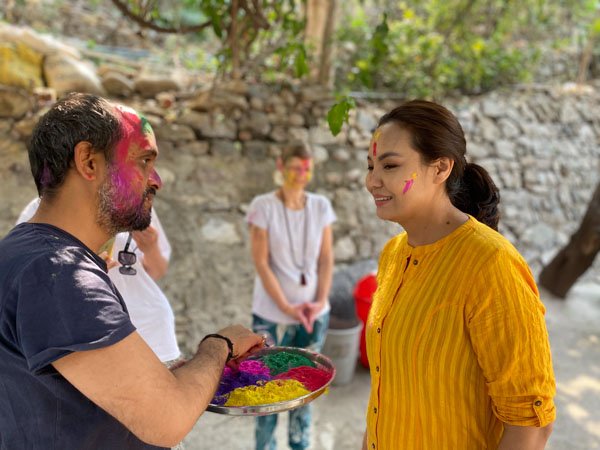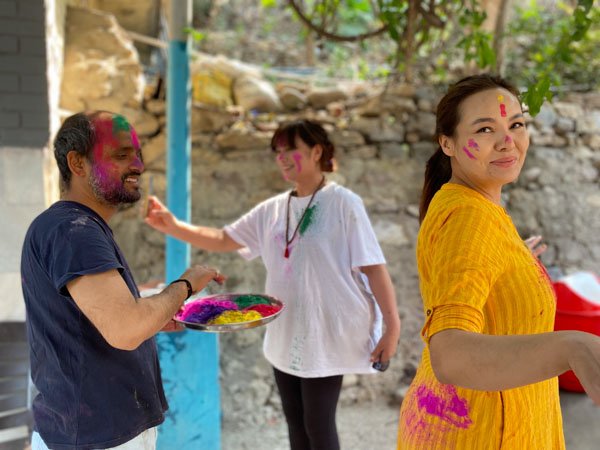The photos in this article show a class of older students practising kundalini kriya with our senior teacher, Shailendra Singh Negi.
The following is a brief explanation of kundalini kriya.
What is kundalini kriya?
While asana starts with a focus on outer alignment, kundalini kriya is the art of finding inner alignment. It awakens the inner spirit. This is done by linking the body, breath and mind by observing the movement of prana throughout the body.
Kundalini kriya is a practice that has a greater appeal to those seeking an inner focus as it involves techniques where movement is secondary to the practice of observation. When the movement ceases, one’s life energy can be witnessed at a physical level as heat, vibrations and other impulses such as light and colour, and on a mental level as calmness, peace and tranquility.
Kundalini kriya is a powerful practice that is based on intense pratyahara (i.e. withdrawal of the senses), which results in bringing one closer to inner concentration (dharana) and eventually leads to a state of meditation (dhyana). Students who are externally focused can use some asana-based postures initially to help them make the transition from the physical to the internal.
The practice of kriya is based on the ancient tradition documented by Patanjali. The basis of a kriya practice is five-fold, involving:
- Movement,
- Sound,
- Managing the breath and holding the breath,
- Attention to different energy centres and parts of the body, and
- Tensing and relaxing different parts of the body.
Patanjali explained in Chapter 2 of his Sutras (Sadhana Pada, Sutra 1) that the basis of inner discipline is threefold:
- Tapas (austerity or discipline),
- Swadhyaya (self-awareness), and
- Ishwara Pranidhana (surrender to the divine will).
All kriya practices see tapas as a necessary part of the practice because it is the basis of training the senses and mind, turning from outward to inward, and preparing for self-awareness (Ishwara Pranidhana). Through this, you can transform your life so that you are living more consciously, and starting to experience the connections between yourself and the divine. This will gradually lead you to an attitude of surrendering to the divine.
In a kriya practice, you learn to become a witness of what is happening within. It awakens the inner eyes, which helps you to experience your prana (life force), leading to the experience of stillness, dharana and dhyana. In the early stages of the practice, one lacks inner tranquility (or purity of mind) and is not grounded. In this state, you experience only thoughts of the past or the future; but your inner growth will depend on how much determination you have to bring your mind into the present moment.
To make the most of a kriya practice, you should understand the three functions of your prana shakti:
- ICHA shakti – desire
- JNANA shakti – knowledge or experience
- KRIYA shakti – action
Each stage leads to the next – you initially desire something; then you get the knowledge about how to manifest it; and finally, you take action. The desire comes from memory; the knowledge comes from your research, and the power for action comes from the soul.
In the physical dimension, the shakti functions through three different states: dullness (tamo guna), action (rajo guna), or equilibrium sattva guna) – according to one’s state of mind and attitude. Your actions in tamo/rajo guna are a misuse of shakti if it is not an appropriate time to be in that state, i.e. everyone needs tamo guna in order to be able to sleep, and rajo guna to function. But at other times, these two attitudes are unhelpful on a spiritual journey.
In essence, everything is energy or shakti, and knowing this helps to make you feel gratitude for the fact that it functions within you. On a subtle level, this energy is called kundalini shakti, which is the dormant energy lying at the base of every person’s spine. In most people, only 5% of their potential energy is ever used – and it is done so for the needs of daily living – eating, sleeping, having sex, working and so on. But by awakening one’s energy potential, there is a possibility for a person to raise their consciousness and transform their life.
The more you practice kriya, the more vibrant you will become – you will literally be vibrating more, and become more alive. It will show in your features, and in the way you move.
Below is an example of each of the practices associated with the six major chakras, some of which can be seen in the photos.
- Muladhara chakra – adhara kriya
- Swadisthana chakra –
- Manipura chakra – manipura kriya
- Anahata chakra – anahata chakra
- Vishuddhi chakra –
- Agya chakra – guru kriya
At the end of the class, the students practised deep relaxation by focusing and relaxing each one of the chakras through a method known as chakra dharana yoga nidra.
You will see that even those who are not able to sit on the floor can participate in a kundalini kriya class, so this practice is for everyone.
If you are interested in practising a full 20-minute kriya yoga class, follow this link to our YouTube channel: https://youtu.be/PABGvfzkNsg







